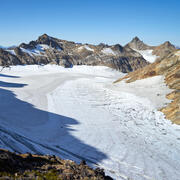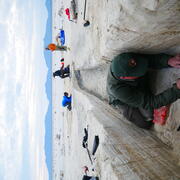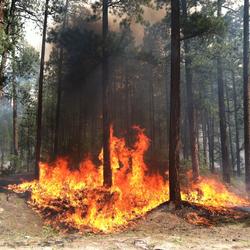Landscape Change and Impacts
Land Use and Land Cover Change (LULCC) results from both human activities and natural climate and geomorphic processes. Using remotely sensed data, ground-based observations, historical accounts, and other reconstructions, the Ecosystems Land Change Science Program documents long-term patterns of LULCC, determines their consequences, and anticipates impacts of future management changes.













